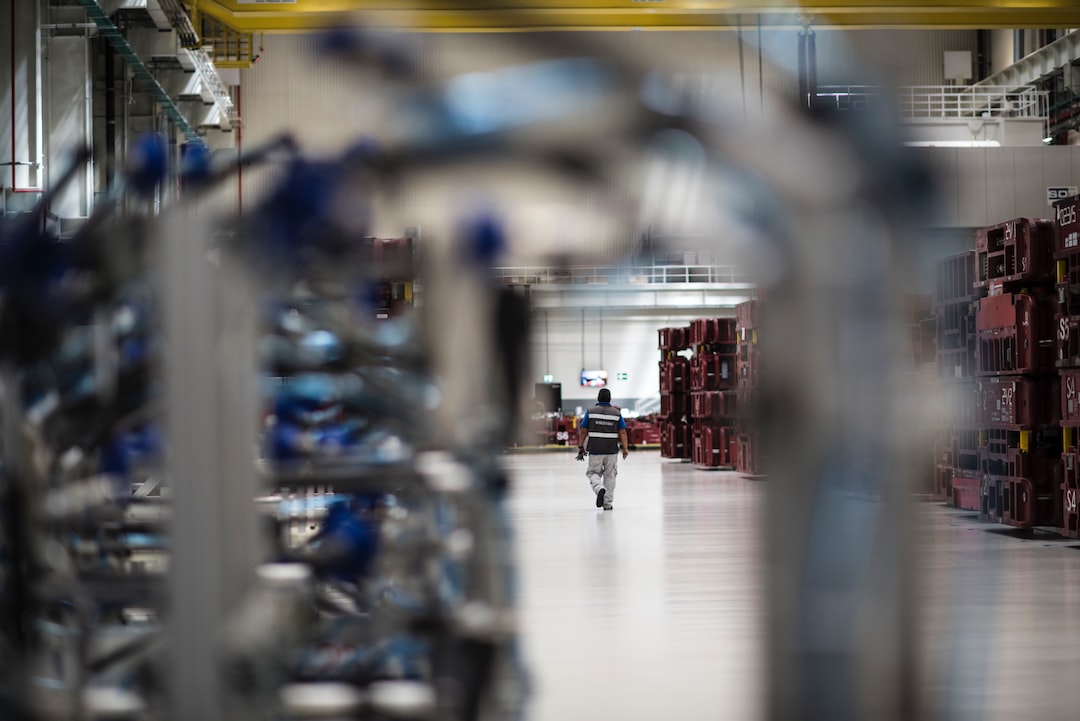The Role of Virtual Reality in Training Manufacturing Workforce
In recent years, the manufacturing industry has witnessed a significant rise in the adoption of virtual reality (VR) technology for training purposes. Virtual reality, which creates a simulated environment that replicates the real world, has proven to be a powerful tool in transforming the way manufacturers train their workforce. From enhancing safety measures to increasing efficiency and effectiveness, VR has revolutionized the manufacturing training landscape.
Traditionally, manufacturing training involved a combination of classroom lectures and on-the-job training. However, these conventional methods often had limitations, such as the inability to replicate real-life scenarios and the risk of accidents during training processes. With the introduction of virtual reality, these barriers have been effectively overcome.
One of the key advantages of VR in training the manufacturing workforce is the ability to provide a realistic and immersive learning experience. VR technology allows trainees to interact with virtual objects and equipment that closely resemble their real-life counterparts. This enables them to gain hands-on experience without any risk of injury. For instance, trainees can practice operating heavy machinery or dealing with hazardous materials in a safe, controlled environment. By simulating various scenarios, trainees can make mistakes without fear of consequences, allowing them to learn from their experiences and improve their skills.
Moreover, the use of virtual reality in manufacturing training can significantly improve the effectiveness of the learning process. VR enhances engagement and knowledge retention by providing trainees with a visually stimulating and interactive experience. Studies have shown that VR-based training results in higher levels of motivation and information retention compared to traditional training methods. The immersive nature of VR allows trainees to fully concentrate on the task at hand, leading to improved comprehension and skill acquisition.
Furthermore, virtual reality training can have a positive impact on safety in the manufacturing industry. With the use of VR, trainees can practice safety procedures in various hazardous situations without actually being exposed to any real danger. This allows them to develop the necessary skills and reflexes to handle emergency situations effectively. By training in a controlled virtual environment, the risk of accidents and injuries during the learning process is significantly reduced. This not only protects the trainees but also safeguards expensive equipment and minimizes potential damage to the production line.
Another benefit of incorporating virtual reality in manufacturing training is the cost-effectiveness it offers. Traditional training methods often require a significant investment in equipment, materials, and infrastructure. However, VR-based training eliminates the need for expensive physical resources. Instead, it only requires a VR headset and software, making it a more affordable option for manufacturers. Furthermore, VR allows trainees to learn at their own pace, reducing the need for prolonged supervision. This frees up trainers’ time and resources, allowing them to focus on other critical tasks.
The implementation of virtual reality in manufacturing training also addresses the challenge of scalability. In the past, manufacturers faced difficulties in providing consistent training to a large number of employees, particularly in global companies with multiple locations. With VR, training modules can be standardized and easily distributed to different facilities. Remote employees can access the same virtual training simulations, ensuring consistency in knowledge and skill development throughout the workforce. This scalability not only saves time and effort but also allows for efficient training management and evaluation.
In conclusion, virtual reality has revolutionized the way manufacturing workforce training is conducted. By providing a realistic and immersive learning experience, VR enhances safety, improves effectiveness, and increases engagement and knowledge retention. It also offers cost-effective training solutions, scalability, and the ability to simulate hazardous scenarios without any actual risk. As the manufacturing industry continues to evolve, virtual reality is expected to play an increasingly vital role in shaping the training landscape and ensuring a skilled and competent manufacturing workforce.
